Motorcycles owe a huge debt to bicycles. The invention of the ‘Safety’ frame in the mid-1880s – the same basic chassis used on 99% of bicycles today – inspired builders to hang a motor inside, from their very first appearance. After experimenting with every possible engine location (even on the handlebars!), the issue was more or less settled by the ‘Noughts, with a motor down low in a safety frame. As the Century progressed, motorcycle frames got heavier and more specialized, eventually diverging from bicycle technology via pressed-steel monococques (from the late 1920s), beam-frames of wood, steel, or aluminum (all 1920s inventions), and double-loop frames like the Norton Featherbed (1950s).The Outlaw Bicycle; a Streamlined Middle Finger to the Man
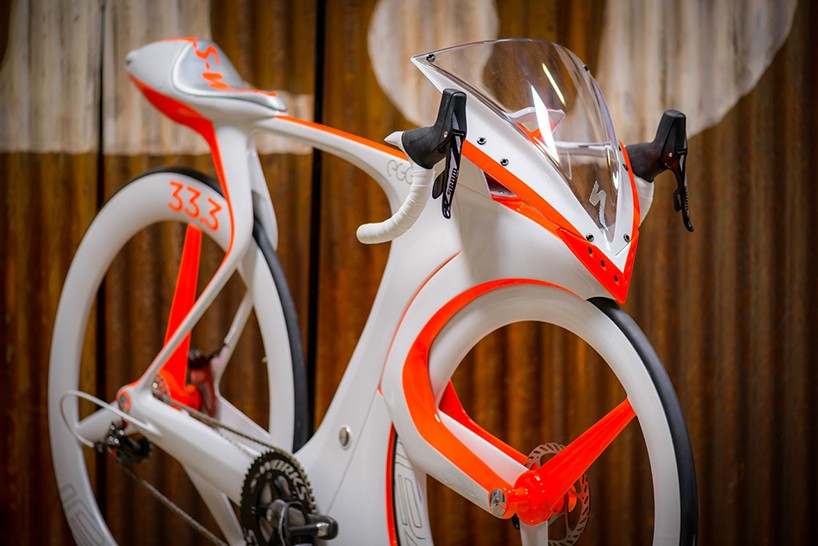
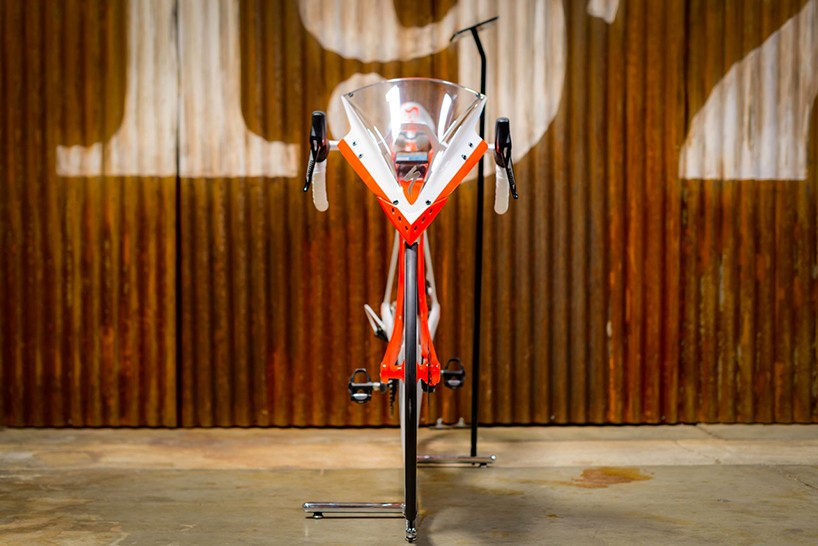
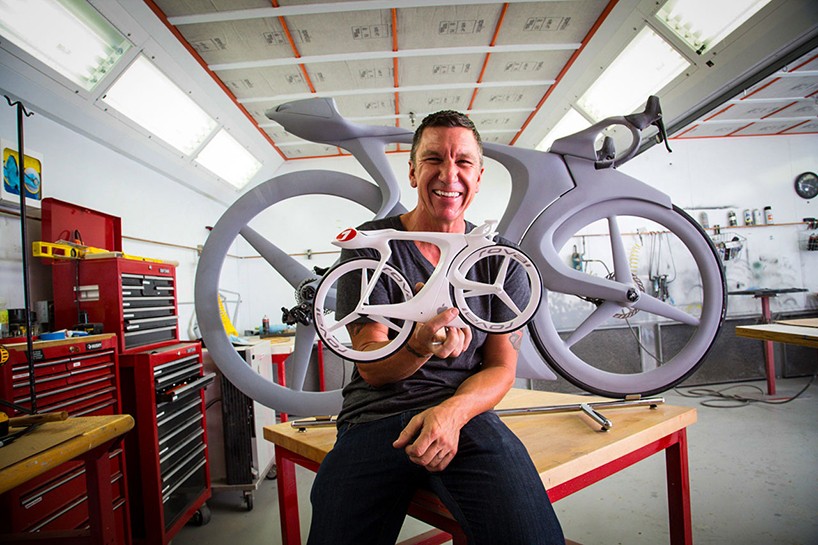
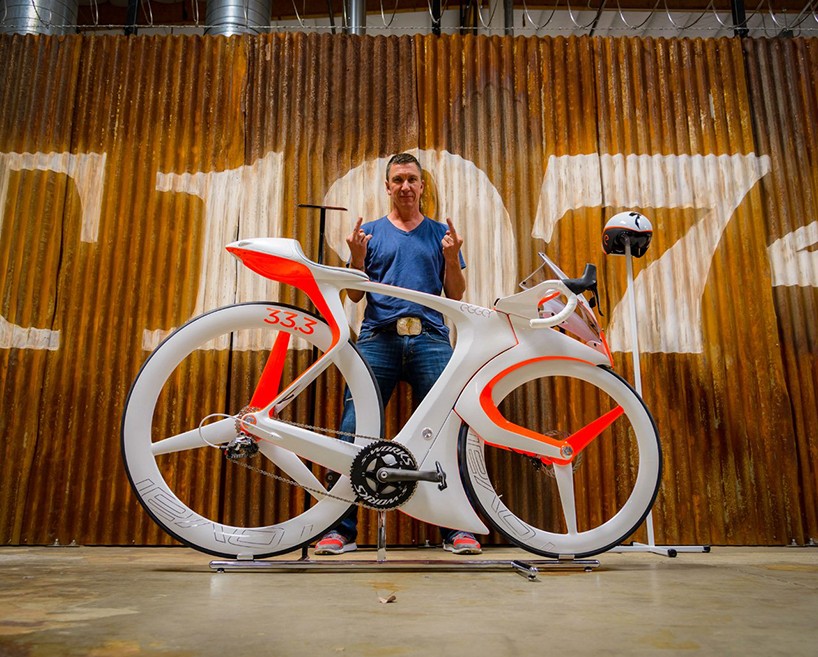
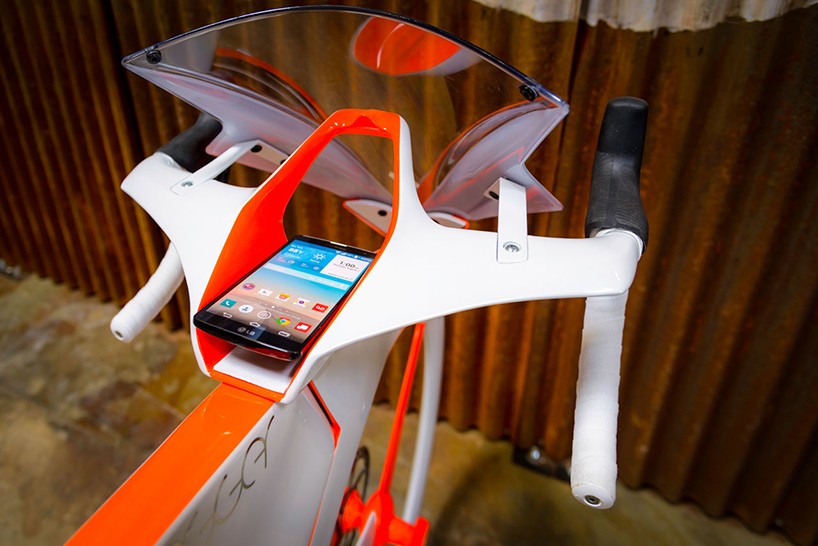
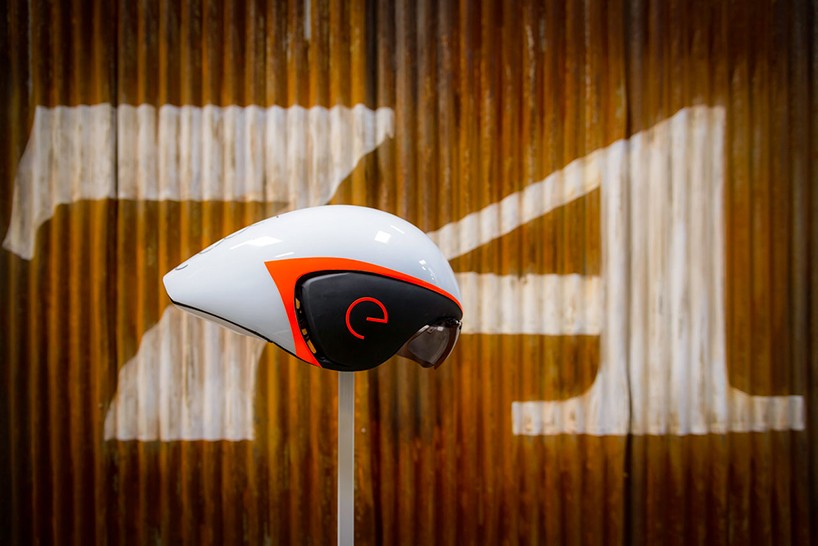
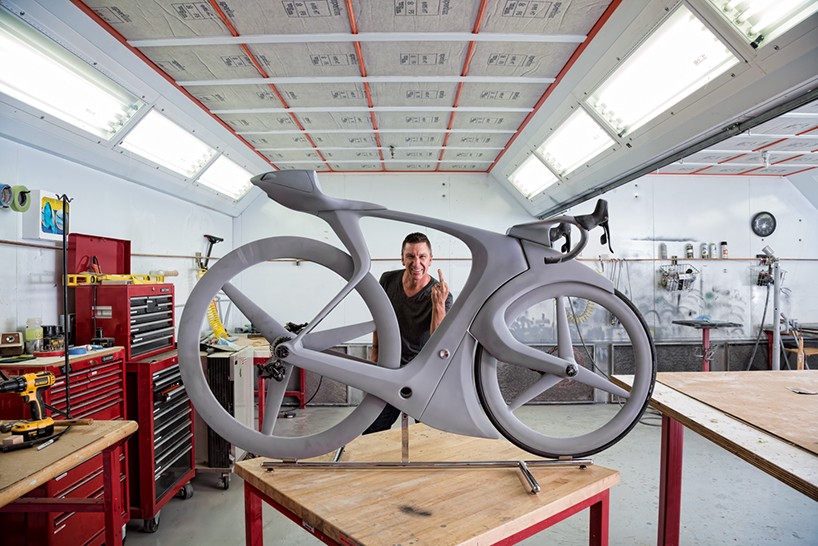
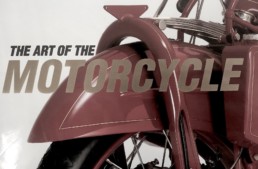
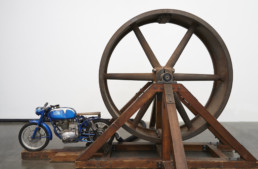
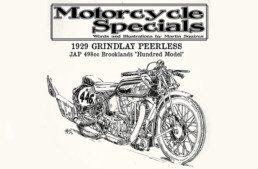
Our pal Robert Egger is the Philippe Starck of the bicycle world, bringing his unique eye for style and fabrication to the pedaling masses. Nice article!
Philip Stark with a serious dose of Colani flowing thru his veins .. not to mention perhaps at least a hint of Hunter S Thompson as mentioned below 😎
Damn !
Damn as in damn if that thing is half as functional as it is stunning its gotta be one serious beast of a bike to ride .
What I wouldn’t give for the opportunity to throw a leg over this bats**t crazy insane ( in the very best of ways ) bicycle !
Hmmm … f*** the rules … damn the safety .. to hell with reason …. the bicycling worlds version of HST’s ” Song of the Sausage Creature ” perhaps ?
Hell … who cares .. I’d give it a serious go !